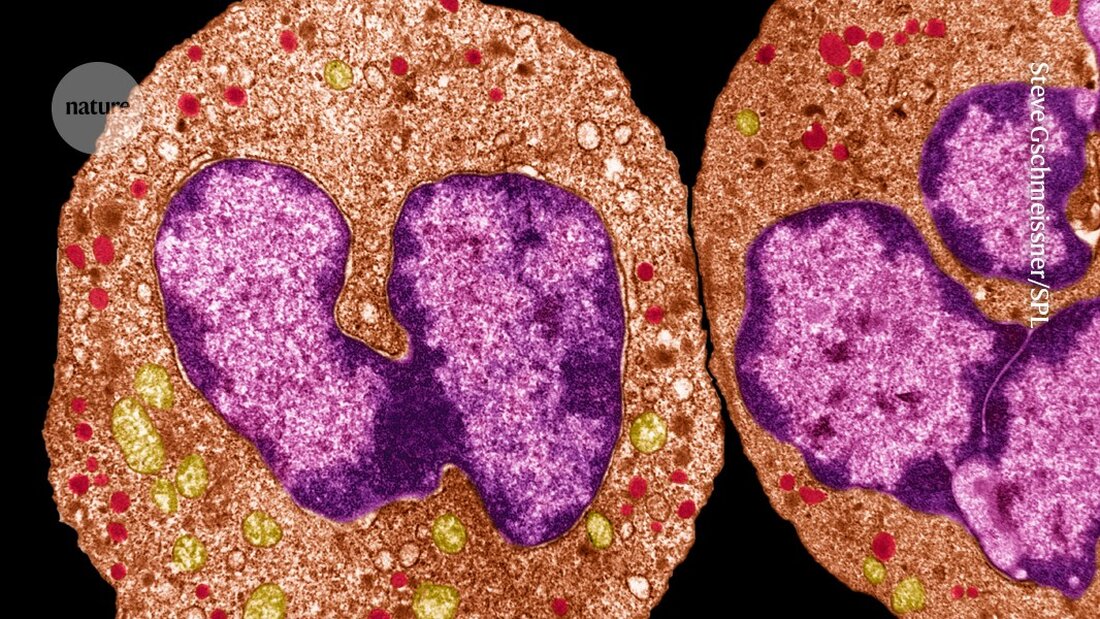Immune bodies medicate” wounds with bacterial substances
Immune cells in the skin form protective structures to heal wounds and prevent harmful bacteria from penetrating.

Immune bodies medicate” wounds with bacterial substances
Immune cells in the skin 'Cauterize' open wounds and create 'band aids' to prevent the spread of harmful bacteria and foreign molecules from injury sites, a study finds 1 on mice.
The study shows that white blood cells known as neutrophils, forming sticky, protein-rich rings around areas where the skin has been broken. These rings trap pathogens and ensure that they do not penetrate deeper tissues.
Scientists have long known that neutrophils wage chemical warfare by releasing toxins to kill invading microorganisms. But the new work, published today in Nature, reveals "an additional role for neutrophils that we had not recognized," says Niki Moutsopoulos, a clinical immunologist at the National Institutes of Health (NIH) in Bethesda, Maryland, who was not involved in the study. The results show that neutrophils help with wound healing – and are not just immunological warriors, she adds.
The study also highlights a new defense strategy that uses the immune system to protect the body beyond destroying germs. To our surprise, "neutrophils prevent conflict before they enter this biochemical war. They build structures to separate self from non-self and [keep pathogens away]," says study co-author Andrés Hidalgo, an immunologist at the Yale School of Medicine in New Haven, Connecticut.
Multi-talented immune cells
Neutrophils are known to poison invading microbes and engulf them. But these strategies cause “collateral damage” in the body by killing healthy cells in the area, Hidalgo explains.
To investigate whether neutrophils have another trick up their sleeve, the researchers examined samples of mouse skin, lungs and intestines - organs that are in contact with the outside world and are lined with protective layers to ward off pathogens and foreign substances. Hidalgo and his colleagues found that a high percentage of neutrophils in these tissues produce collagen and other proteins that are important for the formation of the ‘extracellular matrix’ are, a framework that surrounds cells and gives structure to tissues. In contrast, neutrophils in the blood did not secrete collagen.
-
Vicanolo, T. et al. Nature https://doi.org/10.1038/s41586-025-08741-5 (2025).

 Suche
Suche
 Mein Konto
Mein Konto
